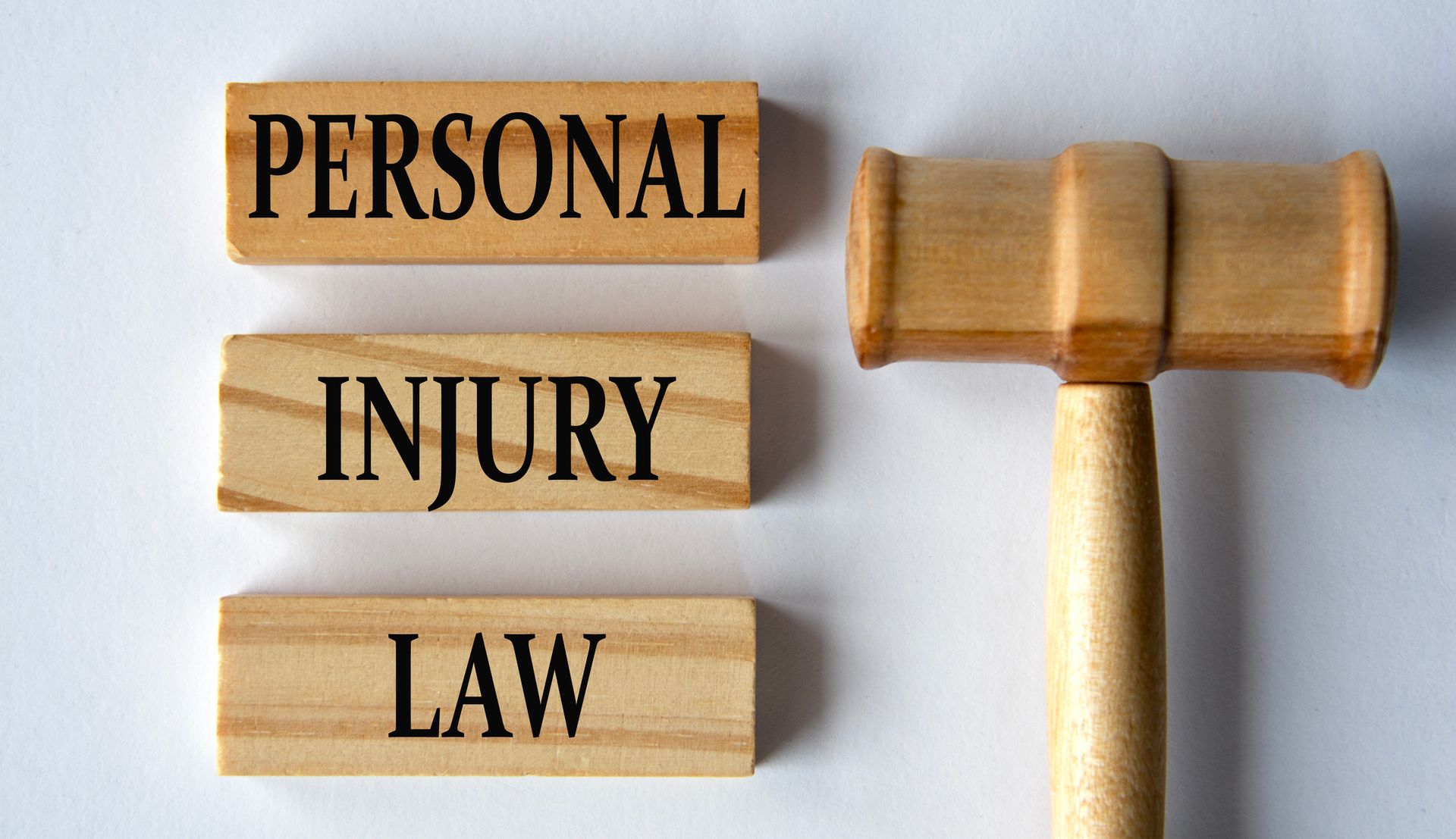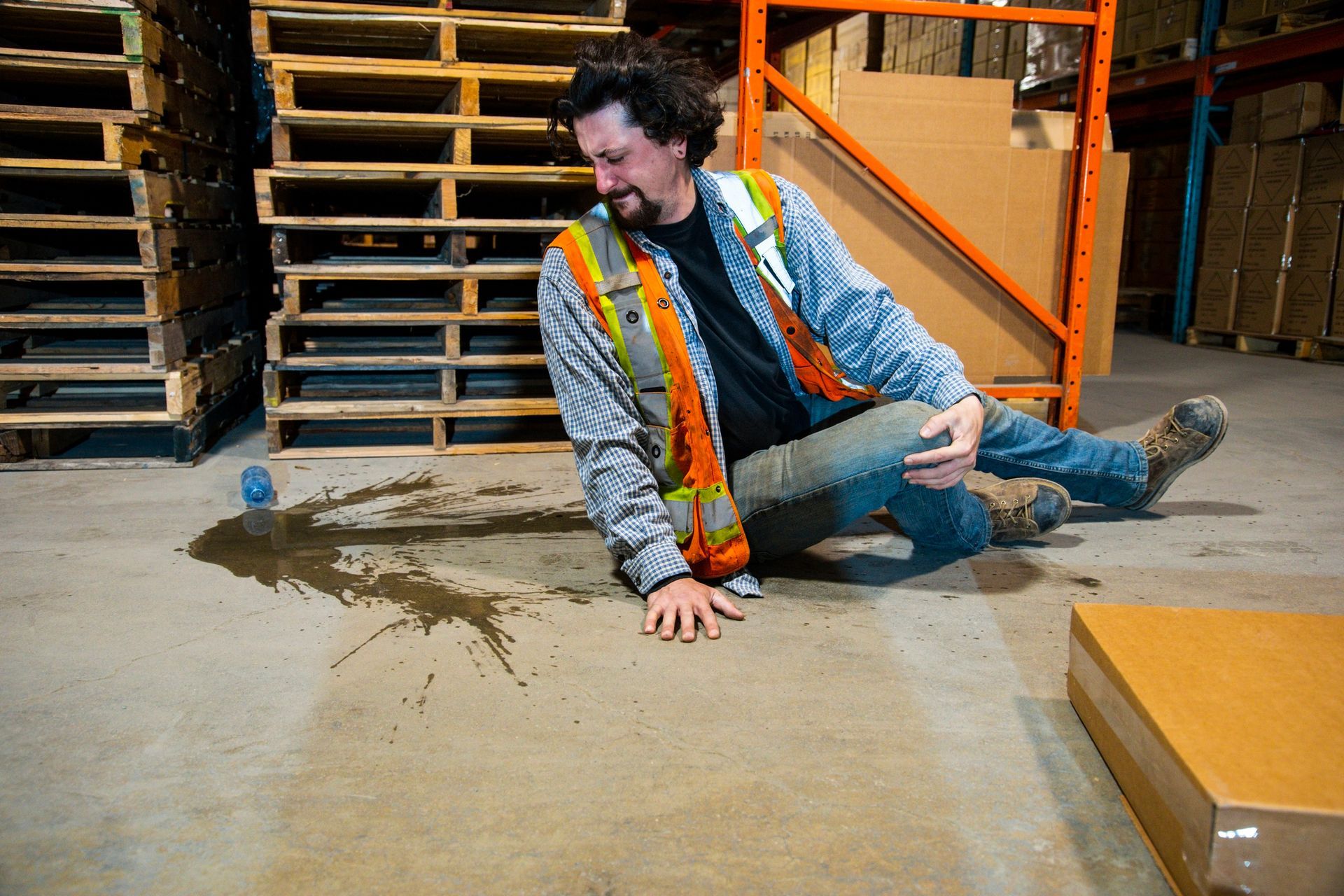Student Athletes at Risk: Part II
Traumatic Brain Injuries and CTE
FOOTBALL SEASON IS BACK
Georgians take their football very seriously. With the Bulldogs set to open their season on September 3, 2022, against Oregon, fans are getting ready for a fun-filled Labor Day Weekend. High schools are also ready to play their season openers, with teams and marching bands practicing in scorching heat to perfect plays and routines. High school and college football are as much a part of fall as school itself, and the annual festivities surrounding football season honor traditions decades in the making.
THE RISKS
We have noted the increasing risks to student athletes, highlighting the dangers of extreme heat in our blog “Student Athletes at Risk.” In addition to the more intense heat waves that have been blazing through Georgia and the whole country, traumatic brain injuries or TBIs are affecting more players at all levels of competition. A Boston University study of former football players’ brains donated to the Brain Bank found degenerative brain disease, known as chronic traumatic encephalopathy, or CTE, which is associated with concussions and other head trauma, in 91 percent of the former college players’ brains. According to numerous research studies, these types of injuries are on the rise among young players, not just the pros, and they could cause long-term health problems. In fact, one study found that high school players face three times the risk of suffering a catastrophic head injury as college players.
Autopsies of the brains found signs of CTE in 177, or 87 percent of all the football players in the study. Specifically, it was found in 29 percent of high school players, 87 percent of college players, 71 percent of semi-pro players, 88 percent of Canadian Football League players and 99 percent of National Football League players. Based on their interviews and surveys, the players also often had cognitive, behavior, mood and motor symptoms during their life, the researchers said. Pro players suffered from CTE at greater rates and died with advanced CTE. They were also more likely to have been diagnosed with dementia, compared with college players. What can be said is that CTE occurs in a high percentage of individuals who play contact sports.
CTE NOT JUST A FOOTBALL PROBLEM
"The brain doesn't care what hits it. We've see[n] CTE in victims of domestic violence, in hockey players, boxers and military veterans. So if you end up getting hit in the head a lot, you're at risk for CTE,” said the author of one of the studies. CTE occurs in sports that are not typically considered contact sports; American soccer player Scott Vermillion, who passed away in December 2020, was diagnosed with CTE. Vermillion became the first MLS player to be officially diagnosed -- a result that shows the severe dangers athletes incur from playing the world's most popular sport. “The headers are the issue that's causing CTE, it's not just a random concussion here and there, and we have to be honest about that with people. We need to stop hitting children in the head," said Dr. Chris Nowinski, co-founder and CEO of the Concussion Legacy Foundation. He added that parents and coaches of youth sports need to know that the majority of head trauma in soccer is coming from hitting headers.
DIAGNOSIS AND TREATMENT
Until recently, CTE only could be definitely diagnosed after death through a scan of brain tissue. Diagnosis in living patients was further complicated by the fact that symptoms of CTE — headaches, depression, memory loss, anger and impulse control issues, anxiety, sleeplessness and suicidal tendencies – can mimic other conditions. In 2017, researchers from a Chicago area hospital reported that they had found a way to identify the disease in living patients, according to news reports. Boston University researchers have also identified a biomarker – elevated levels of a certain protein in the brain – that likely indicates CTE.
There is no cure or treatment for CTE, but certain medicines may be used to temporarily treat the cognitive (memory and thinking) and behavioral symptoms.
CONTACT YOUR PERSONAL INJURY ATTORNEY
In addition to seeking medical advice, it is important to speak with an experienced attorney. If your child plays a sport that involves repeated head trauma, you should know your rights with respect to limiting the trauma and obtaining medical treatment. If you know a former athlete who has signs of CTE, or has passed away after exhibiting signs, you should talk with an attorney regarding any liability on the part of the decedent’s team, owners, league, etc. To ensure that people who are exposed to repeated TBIs and head trauma get medical treatment, monitoring and any compensation they are entitled to, contact Dave Thomas at The Thomas Law Firm for a free evaluation of your legal rights.








